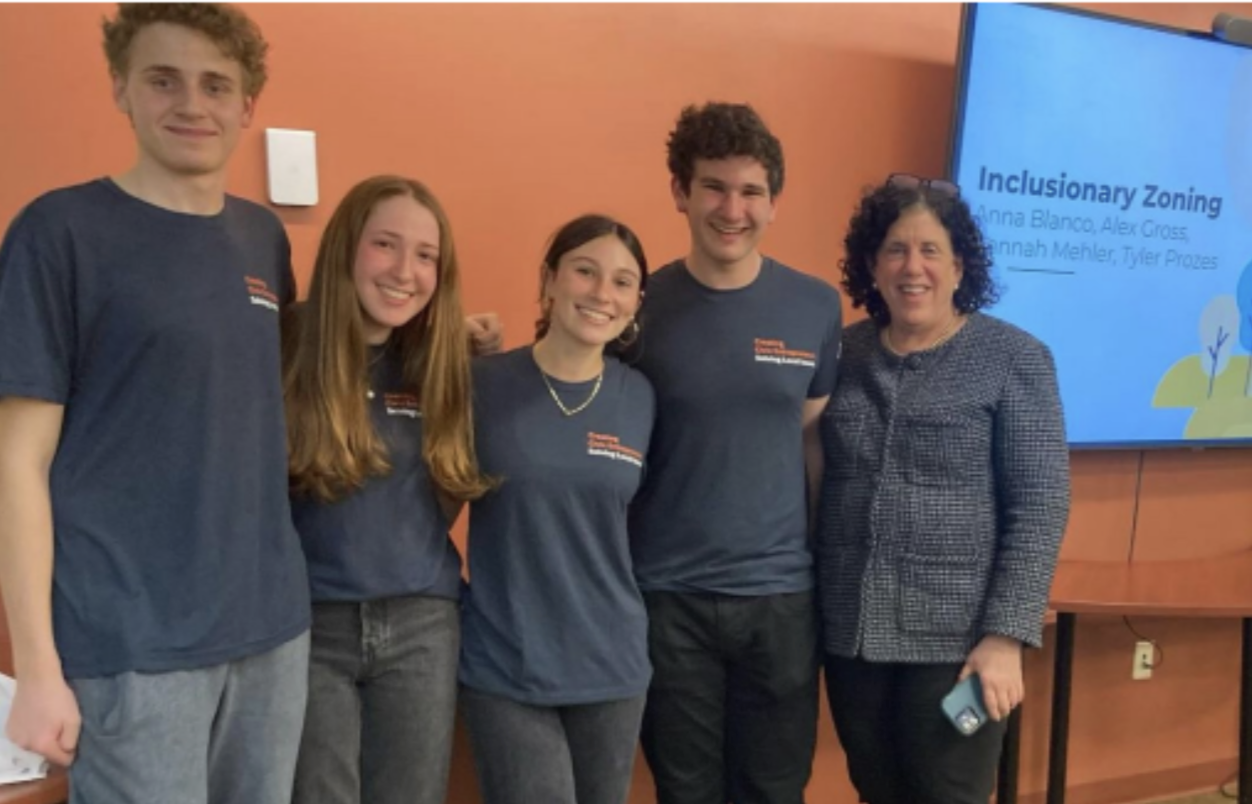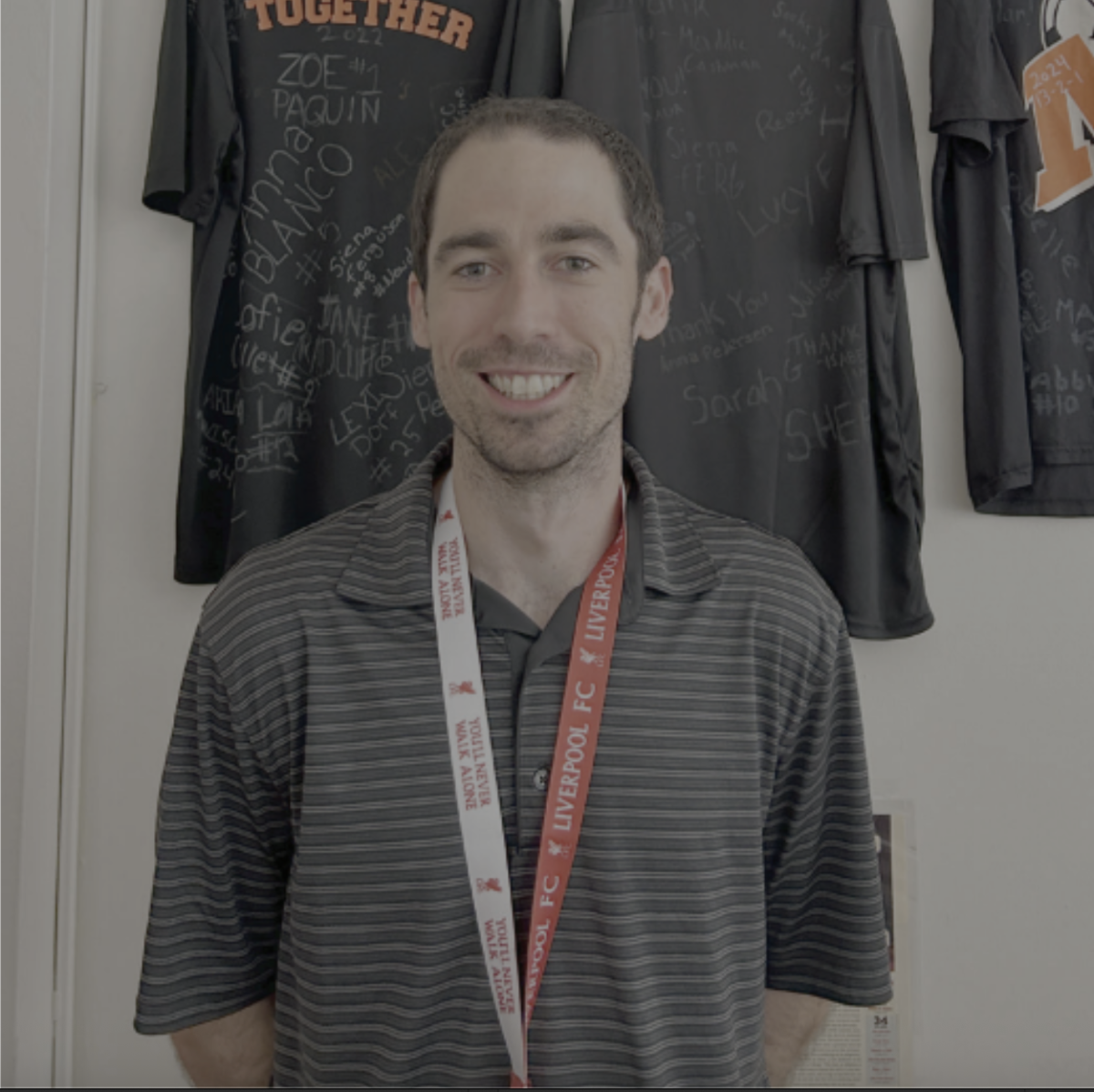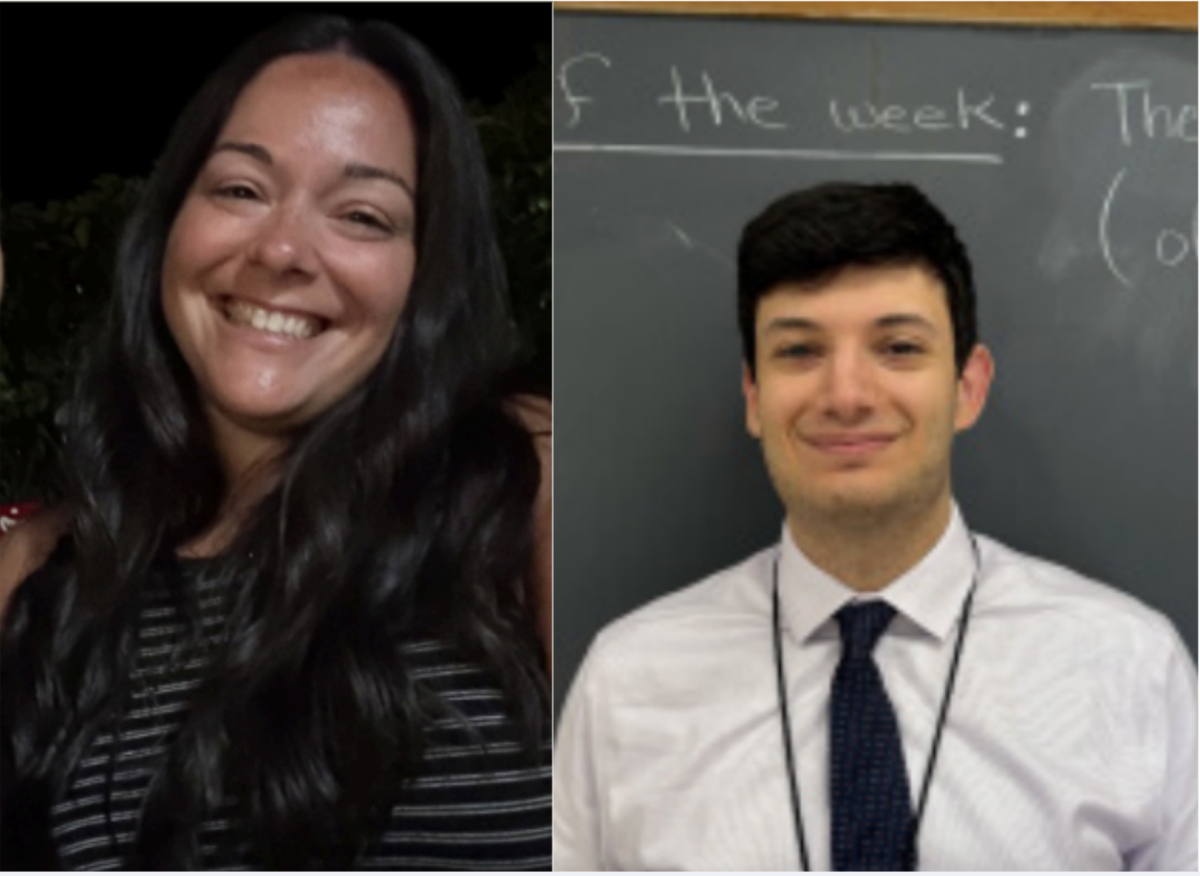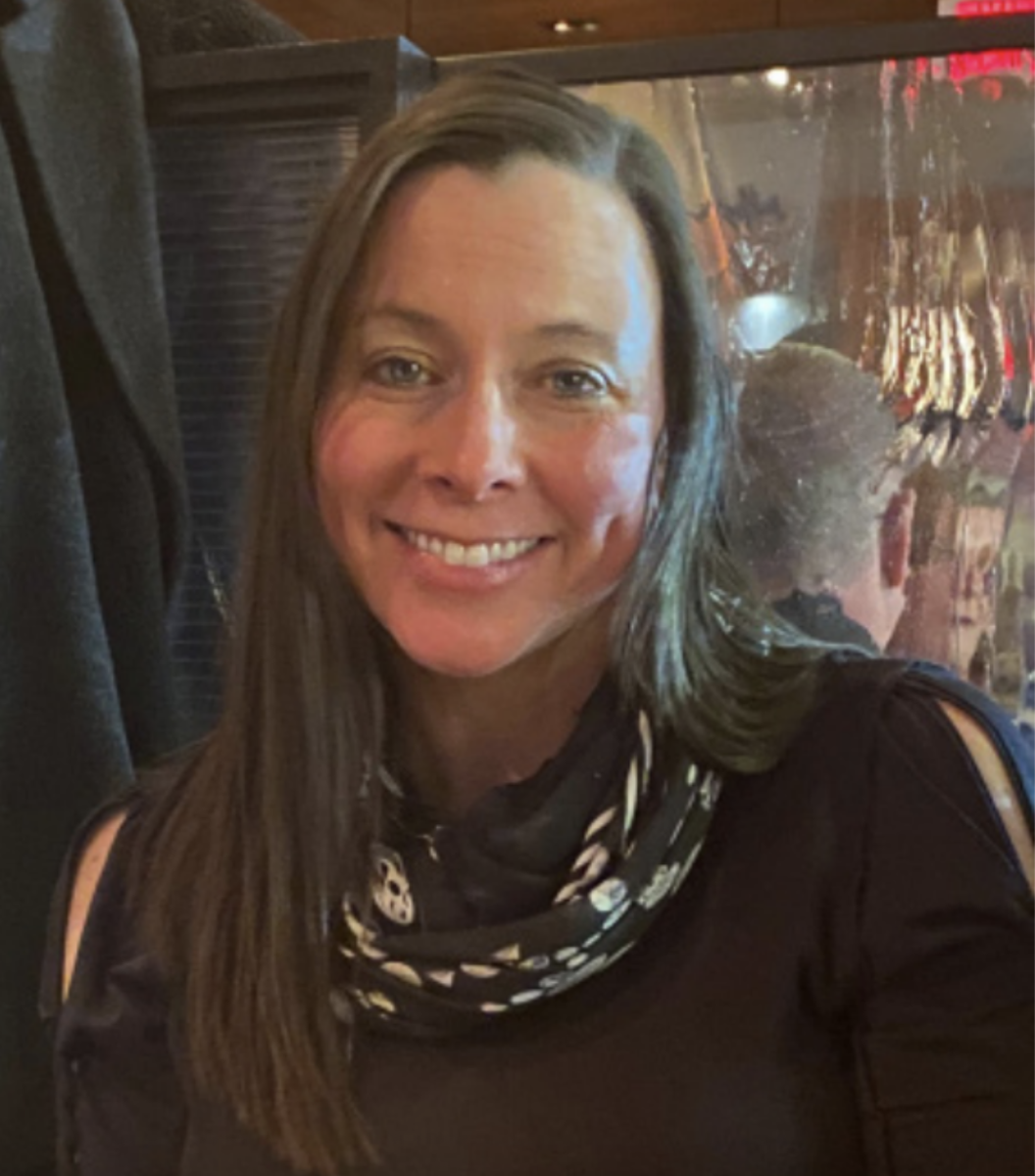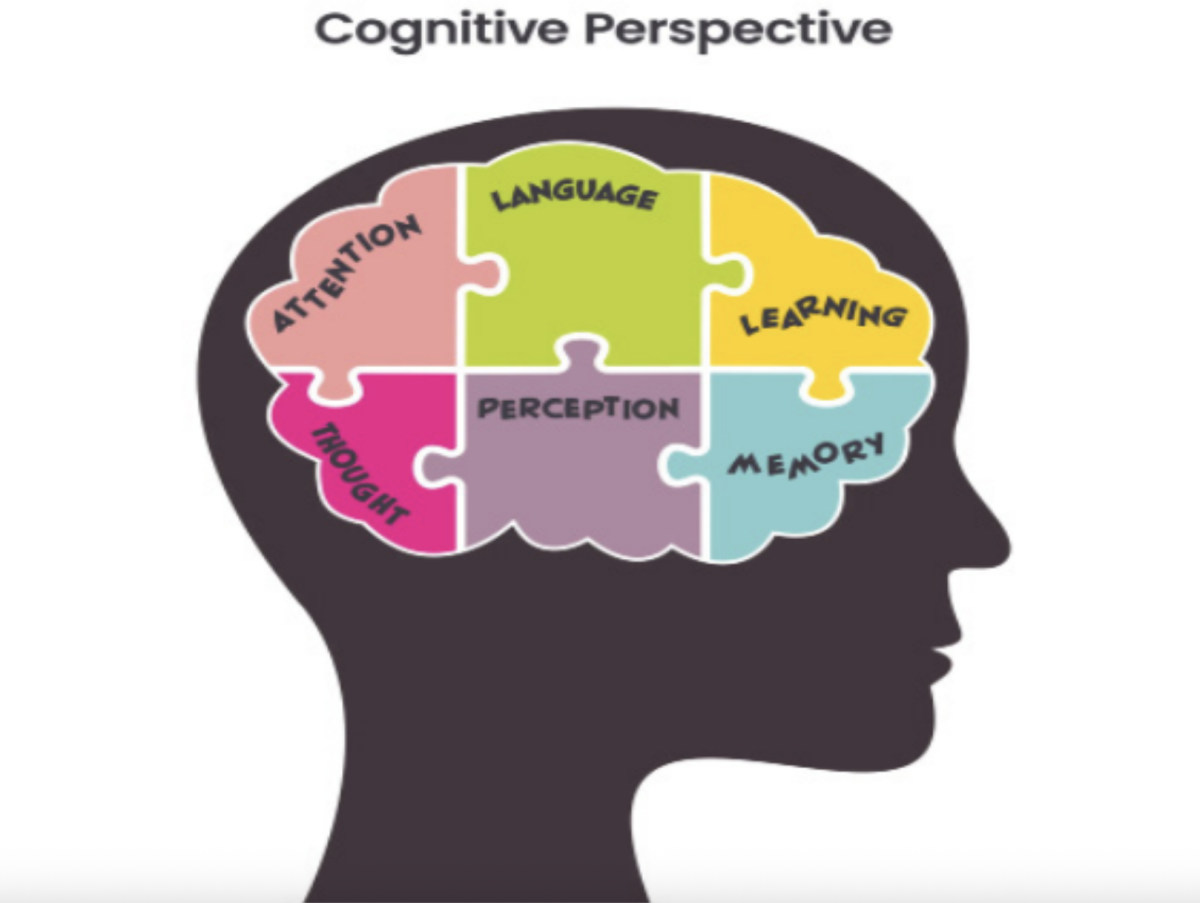For the past eight years, Original Civic Research and Action (OCRA) has been one of the most sought-after elective programs at Mamaroneck High School, an annual magnet for students who want to effect meaningful change in the world.
This four-year course brings attention and solutions to pressing area issues, calling students to action.
In fact, since its inception, OCRA has grown steadily, its numbers surging in recent years.
Such growth prompted OCRA’s founder and veteran AP Government teacher, Joseph Liberti, to reach a critical conclusion: after years of teaching both AP Gov and OCRA, he has decided to temporarily stop teaching the former to solely teach the latter. Anticipating future growth, he reached out to Economics and Macroeconomics teacher Peter O’Byrne, hoping he’d consider joining the OCRA program.
It is not only a response to the program’s rapid growth, but also part of a vision that he has had since the beginning when the program was started in 2017. “From the beginning, In that sense, it seemed natural that the program would become much larger over time, having additional support to help manage the workload inevitably became part of the overall plan,” Liberti shared.
For the first two years, the whole class, working within rotating assigned groups, follows a defined curriculum, whereby students learn specific content and develop certain skills. The content is grounded in better understanding the community, while the skills are focused on developing civic capacity and dispositions. A crucial component of the sophomore year is learning about and practicing problem solving frameworks such as root cause analysis and systems thinking.
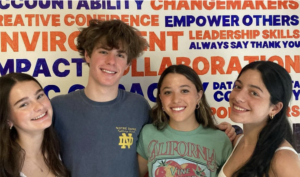
During the second semester of the sophomore year, students form small groups around an issue or need driven by their own curiosity and passion, making it a very student-centered, project based program.
After additional research, each group develops a project that addresses their particular issue or need in some form.
The remaining two and a half years are spent working with community mentors and stakeholders, completing deliverables, and overseeing the project management required to reach each group’s agreed upon goal(s).
Many projects have met their stated goals over the years, impacting the high school, local community, as well as the county and state.
In some cases, student groups have directly influenced high school policy, local services, and county legislation, which has inspired a growing number of incoming freshmen to enroll in this unique program.
With Liberti now exclusively working with the OCRA program, and the addition of O’Byrne, the future of OCRA looks brighter than ever.
No doubt that the program will continue to inspire and support students to better understand their community and take informed action, making long-lasting positive change within MHS, Mamaroneck, and beyond.



